South Korea has taken a significant step toward fulfilling its commitment to invest $350 billion in the United States, paving the way for a reduction in U.S. tariffs on Korean automobiles. A special legislative proposal was introduced by South Korea’s ruling party to implement these investment pledges, a key condition for lowering U.S. tariffs on Korean cars from 25% to 15%.
In a statement issued by South Korea’s Ministry of Finance on Wednesday, the country confirmed that the special bill outlines mechanisms for executing the investment commitments, including the creation of a joint strategic investment fund between South Korea and the U.S. The bill also lays the foundation for establishing an independent entity responsible for managing the fund over the next 20 years to ensure its efficient operation.
The tariff reduction, retroactive to November 1, represents a breakthrough after months of negotiation. Korean officials have already notified the U.S. Secretary of Commerce of the legislative move, urging the immediate publication of a Federal Register notice to confirm the tariff adjustment.
The Strategic Importance of U.S. Auto Tariffs
The reduction in tariffs is a critical development for South Korea’s automotive industry, which relies heavily on exports to the U.S. market. In 2024 alone, the United States accounted for nearly 50% of South Korea’s total automobile and parts exports, valued at $70.8 billion. Lower tariffs not only bolster the competitiveness of Korean automakers but also alleviate cost pressures as the industry faces global economic uncertainties.
In July, the U.S. and South Korea had agreed on a framework to cap tariffs on Korean goods at 15%, yet the 25% duty on cars and car parts remained unresolved until the finer details of the investment plan were finalized. The breakthrough came during U.S. President Donald Trump’s October visit to South Korea, where both nations issued a joint communiqué detailing trade and security understandings.
Investment Plan Details
The $350 billion investment package focuses on key U.S. industries, including shipbuilding, energy, and semiconductors. The fund will be partially financed by the management of South Korea’s foreign exchange reserves and the issuance of government-backed bonds in international markets. The plan also aims to solidify economic ties between the two nations and promote mutual growth.
While Korean officials have expressed optimism about the economic benefits of the tariff cuts, they have also highlighted the broader implications of the investment, positioning South Korea as a strategic partner in U.S. industrial growth. This aligns with the Biden administration’s focus on strengthening domestic supply chains and fostering international partnerships in critical industries.
Competitive Landscape
Despite the progress, South Korea faces stiff competition from Japan, which recently secured a similar tariff reduction agreement with the U.S. in September. Japanese automakers now enjoy a competitive edge in the American market, emphasizing the urgency for South Korea to finalize its own agreement.











